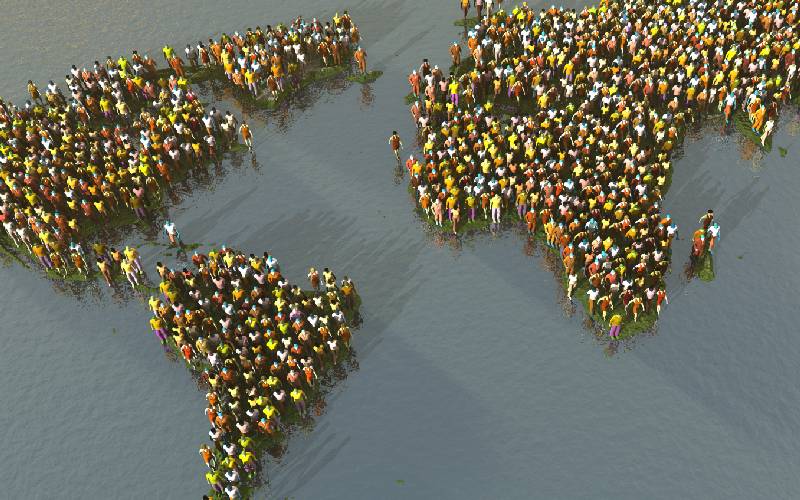×
The Standard e-Paper
Kenya's Bold Newspaper

The world’s population is on the decline. [Courtesy]
About half of the world’s population could be African by the end of the century, according to a study predicting the global population by this time.